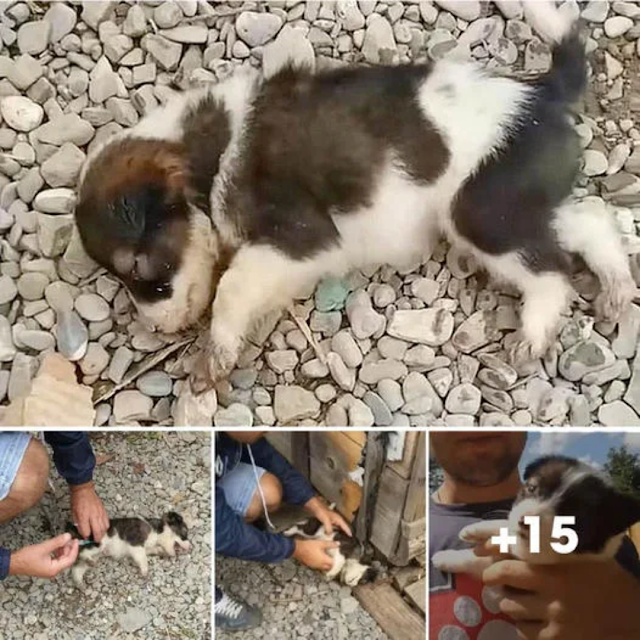The Distressing Reality of Animal Suffering The depiction of an unfortunate dog abandoned on a fence, unable to sit up and spending its time...
The Distressing Reality of Animal Suffering
The depiction of an unfortunate dog abandoned on a fence, unable to sit up and spending its time crying in agony and hopelessness, is a stark representation of the suffering that some animals endure due to neglect and cruelty. It serves as a powerful reminder of the urgent need for compassion, intervention, and stronger measures to protect the welfare of animals.
The Rights of Animals
Abandoning a dog in such a deplorable state is not only inhumane but also a violation of their basic rights. Dogs are sentient beings capable of experiencing pain, suffering, and emotions, and they deserve humane treatment and well-being.
Immediate Action Required
The sight of this dog, immobilized and in distress, calls for immediate action to provide relief from its suffering. The first priority should be to assess and address any injuries or medical conditions that may be causing the dog’s inability to sit up. Seeking veterinary care is crucial to determine the extent of the dog’s condition and provide appropriate treatment.
Providing Care and Comfort
Efforts should be made simultaneously to secure a safe and comfortable place for the dog to rest, as well as providing the necessary nourishment to aid in its recovery. Adequate veterinary care and proper nutrition are essential components of addressing the dog’s condition and promoting its rehabilitation.
Community Involvement and Advocacy
Rescue organizations, animal advocates, and concerned individuals play a pivotal role in situations like this. Reporting cases of animal cruelty and neglect to local authorities is essential to holding those responsible accountable for their actions and ensuring the welfare of animals.
The story of the dog left on the fence, in agony and hopelessness, is a stark reminder that we, as a society, must remain vigilant in our commitment to preventing cruelty to animals and advocating for their welfare.
FAQs (Frequently Asked Questions)
Q: What should I do if I encounter an animal in distress?
A: If you come across an animal in distress, the first step is to assess the situation for any immediate dangers. If the animal appears to be injured or suffering, contact local animal control or a nearby animal rescue organization for assistance. Providing food, water, and a safe space if possible while awaiting help can also be beneficial.
Q: How can I report cases of animal neglect or cruelty?
A: Reporting cases of animal neglect or cruelty is crucial in ensuring that responsible parties are held accountable and that animals receive the care they need. You can contact local law enforcement, animal control, or animal welfare organizations to report such cases. Be prepared to provide details and any evidence you may have.
Q: What can I do to support animal welfare efforts in my community?
A: There are several ways to support animal welfare efforts in your community. You can volunteer with local animal shelters or rescue organizations, donate funds or supplies, participate in advocacy campaigns, and educate others about responsible pet ownership and the importance of treating animals with compassion and respect. Every contribution, no matter how small, makes a difference.





















COMMENTS